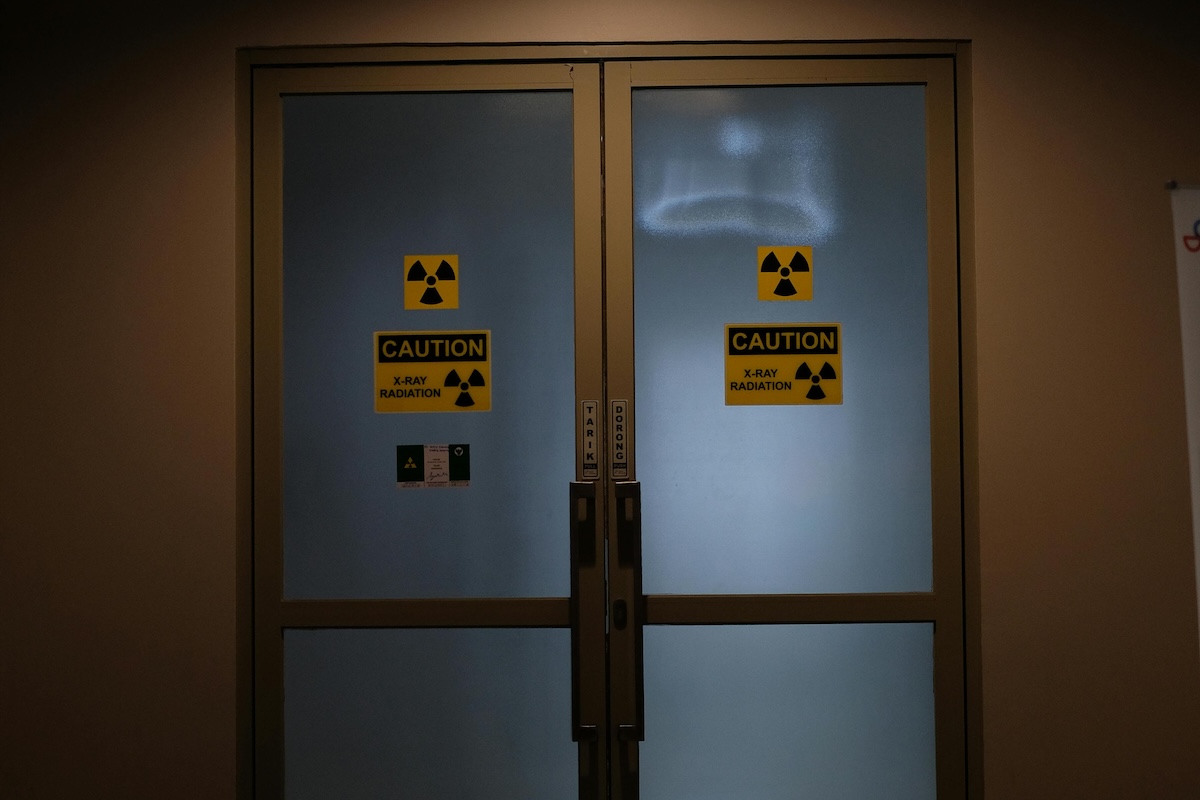The ABCs of the CCL: New Series on Commodity Classification

Article Summary
The CCL is a list of items subject to export controls under the Export Administration Regulations (EAR), including products, software, and technology.
Definitions in the CCL, such as "specially designed" and "technology," are critical for accurate classification and compliance.
The three types are Product Description, Process Related, and Performance Related, each impacting how items are classified.
Technical terms define parameters like processes or performance thresholds, which determine if an item is controlled or EAR99.
Part 772 contains the definitions of terms used in the CCL, which are vital for accurate classifications and compliance.
Want the Commerce Control List (CCL) made clear? Need faster, easier classifications? You’re in the right place. Industry veteran Bruce Webb will be offering tips here in his CTP blog to help you understand the basics of commodity classification, adapt to changes, and unravel the gnarly terminology of commodity classification using the CCL. Over to you Bruce.
Hello everyone! Welcome to my blog. I hope you find it useful in developing your understanding of commodity classification. To kick things off, we’ll start by focusing on “Definitions.” This may sound innocuous, perhaps even boring, but understanding the “terms of art” is essential to reading the export control regulations accurately. I promise you that focusing on, and truly grasping, the key definitions will save you hours of frustration later when classifying products, software and technology on the CCL.
You likely already know that the Export Administration Regulations (EAR) use common words in an uncommon way. In fact, many words that we typically use in everyday speech mean something very specific in the world of export control, much to the chagrin of compliance officers. For example, the CCL definitions of “specially designed” and “technology” and “exception” go far beyond what you’d find in Webster’s Dictionary. They are frustrating, and at times confusing, but there is no getting around them. Definitions affect your classifications, which affect your licensing requirements and compliance needs, which in turn affect your risk profile. Like it or not, you need to get familiar, if not comfortable, with Part 772 of the EAR, where the Definition of Terms section resides.
In its descriptions, the CCL uses both non-technical and technical terms. Fortunately, the EAR drafters take particular care to alert readers when technical terms are utilized. When a defined technical term appears in an Export Control Classification Number (ECCN) description, it will be framed by quotation marks to indicate that this is a special definition from Part 772. Another helpful feature is that the definitions are listed in Part 772 by alphabetical order, making them easy to reference. It is interesting to note that these are not US-based definitions but, rather, stem from the international control regimes lists (e.g., Nuclear Suppliers Group, Wassenaar Arrangement, etc.) that establish the guidance regarding the various types of items.
Technical terms are categorized into three types: 1) Product Description, 2) Process Related, and 3) Performance Related.
- The first type of technical term, Product Description, defines an actual item that is subject to export controls. For example, the definition of a “digital computer” in Category 4 of the CCL explicitly describes the product.
- The second type, Process Related, describes a process related to one of the controlled items. For example, ECCN entry 1C002 controls metal alloys, metal alloy powder, and alloyed materials. Metal alloy powder is made by using one of several different processes, including “vacuum atomization” and “mechanical alloying”. These processes are defined in Part 772 and depending on the particular process definition, can result in slightly differing ECCN numbers (e.g., 1C002.c.2.a instead of 1C002.c.2.g.)
- The last type of definition, Performance Related, is related to the technical performance characteristics of a commodity. These parameters are used to limit the scope of control of a certain item. Consider the ECCN entry 6A005 covering “lasers,” “components,” and optical equipment. Within that entry are carbon dioxide lasers. According to the text, carbon dioxide lasers are controlled only if their “peak power” exceeds 100 kW with “peak power” defined within Part 772. Therefore, if your laser’s peak power fell below the 100 kW threshold, it would default to EAR99 instead of 6A005.
As evident above, defined terms play a crucial role in classifying items on the CCL. The parameters established by the regulations make a huge difference to companies, impacting their classifications and thereby raising or lowering the bar in terms of compliance requirements and risk management.
That wraps up our inaugural post in this new commodity classification series. In our next blog, we will break down the meaning of “Parts” and “Components”.
Key Points
What is the Commerce Control List (CCL), and why is it important?
The Commerce Control List (CCL) is a key component of the Export Administration Regulations (EAR). It:
- Defines Controlled Items: Includes products, software, and technology subject to export controls.
- Uses ECCNs: Items are classified using Export Control Classification Numbers (ECCNs) to determine licensing requirements.
- Supports Compliance: Accurate classification ensures adherence to export laws and avoids penalties.
Why are definitions important in the CCL?
Definitions in the CCL are critical because:
- They Clarify Terms: Common words like "technology" and "exception" have specific meanings under the EAR.
- They Impact Classifications: Definitions like "specially designed" determine whether an item is controlled.
- They Affect Compliance: Misunderstanding definitions can lead to incorrect classifications and regulatory violations.
What are the three types of technical terms in the CCL?
The CCL uses three types of technical terms to classify items:
- Product Description: Defines the actual item subject to export controls (e.g., "digital computer" in Category 4).
- Process Related: Describes processes related to controlled items (e.g., "vacuum atomization" for metal alloy powders).
- Performance Related: Specifies performance characteristics that determine control thresholds (e.g., "peak power" for lasers).
How do technical terms affect classifications?
Technical terms in the CCL influence classifications by:
- Defining Parameters: Terms like "peak power" or "mechanical alloying" set thresholds for control.
- Determining ECCNs: Specific definitions guide whether an item is controlled under a particular ECCN or defaults to EAR99.
- Simplifying Compliance: Clear definitions help exporters classify items accurately and avoid penalties.
Why is understanding Part 772 of the EAR essential?
Part 772 of the EAR contains the "Definition of Terms" section, which is essential for:
- Accurate Classifications: Provides precise definitions for terms used in the CCL.
- Compliance: Ensures exporters understand the specific meanings of terms like "specially designed."
- Efficiency: Saves time and reduces frustration when navigating export regulations.
How can businesses improve their understanding of the CCL?
To better understand the CCL, businesses should:
- Study Part 772: Familiarize themselves with the definitions of terms used in the CCL.
- Consult Experts: Work with trade compliance professionals to navigate complex classifications.
- Use Resources: Leverage tools like the EAR and CCL search engines for guidance.
- Train Employees: Educate staff on the importance of definitions and their impact on compliance.










